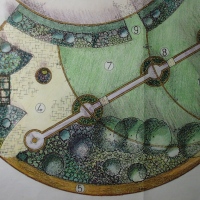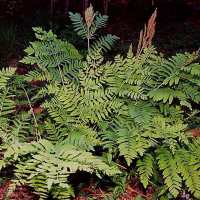Other wise known as ‘Shasta Daisies’ Leucanthemum is a genus of around 70 flowering plants (annuals and perennials) from the sunflower family (Asteraceae).
It occurs naturally in Europe, Northern Africa and the temperate regions of Asia. Many species have been introduced into America, Australia and New Zealand. It was previously classified as a chrysanthemum and the most important group of perennial Leucanthemum- the group x superbum is still known by some as Chrysanthemum maximum. They were split from the genus Chrysanthemum, because they are not aromatic and their leaves lack grayish-white hairs. L. vulgare is the ‘Ox Eye Daisy’.
The superbum group (the Shasta Daisy proper) consists of robust, easy going plants which grow well in sun or half shade in any good soil – but in heavy clay they have a reputation for not surviving. Growing to a height of between 0.5 and 1 metre tall, they are lax plants and so some form of support is usually required. Gardener Richard Barrett says,
‘If you find they grow too tall in your border and require too much staking, then dig them up each winter and replant them insitu. This has the side effect of keeping the foliage and flowers to a compact size, this method works well for other robust herbaceous plants.’
They reappear every spring with fresh dark green leaves before flowering with the typical daisy configuration of long elegant petals around a yellow eye. Their foliage is handsome, but can be attacked by slugs as the planst break ground kin spring – this tends to result in no regrowth, so protection is important.
Making a great display in your borders from June to September during which time it is good at attracting butterflies and bees, flowers are solitary and can be either single or double, and with simple petals or frilly, feather-like structures. Flowers of Leucanthemum are excellent for cutting and are favoured by flower arrangers.
Although other species in the genus have yellow flowers, the flowers of these hybrids had been exclusively white with yellow discs (tending to be paler in double-flowered types). However, the cultivar ‘Sonnenschein’ has yellow buds that open to cream flowers and there are other yellow cultivars available. New varieties include several with more petals to give a ruffled effect and a striking golden yellow version. Most will re-bloom happily if cut back after flowering. Leucanthemum combine well with Phlox in August. White flowered varieties make an excellent contrast to the blue of Salvia nemorosa ‘Ostfriesland’ whilst the strong yellows are great to accompany Gaillardia aristata ‘Goblin’.















My parents have bunches of these lovely flowers in their garden!
They are wonderful border fillers- mine are justa botu to flower.:)